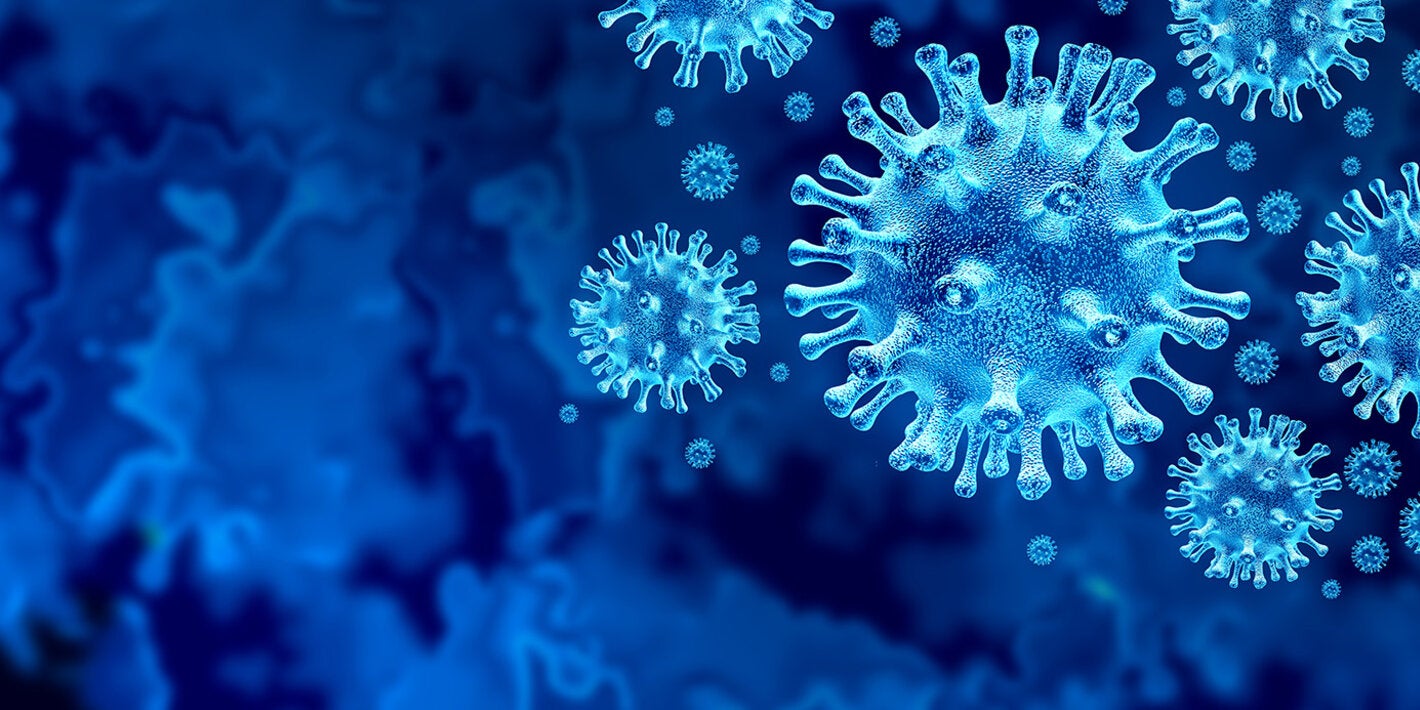
finally covid 19 journey will be erased from hcqs to booster?
India Is Moving Towards COVID-19 In 'Endemic' Stage:
The most recent common ancestor (MRCA) of all Corona viruses is estimated to have existed as recently as 8000 BCE, although some models place the common ancestor as far back as 55 million years or more, implying long term coevolution with bat and avian species.Corona viruses are zoonotic, meaning they are transmitted between animals and people.
OMICRON SYMPTOMS* :
1) FEVER SUBSIDE WITH IN 24-HOURS
2) NO BREATHLESSNESS
3) COLD , NASAL CONGESATION &THROAT PAIN
4) MILD COUGH WHICH REDUCESES IN 5-7 DAYS
5) BODYPAIN
6)RECOVERY 3-5 DAYS
Most importantly these patients found Covid Antibodies are in early Phase
COVID-19 Moving Towards 'Endemic' Stage
- Omicron is good source of Natural immunity Omicron is at least 1.5-2 times more transmissible than Delta, which has resulted in the very large numbers of infections around the world in a very short time. It is also 2-3 times more capable than Delta of infecting those who have been fully vaccinated, or those who have had a previous infection
- Covid May Decline from 1St week of February onwards
- Slight Cases may increases in School students
- Delta Variant will be replaced by omicron if it crossed 80% then high risk cases will be decline Finally Covid 19 journey. Will be Erased from HCQS to Booster Posted By Dr Gautam Chhajed Founder & CEO Medicohelpline.com
Articles
Most Popular
some seemingly minor symptoms that could be something major and need to be checked by a physician asap
The following are some symptoms because of thats are likely to be in big time trouble.
(Note : These may be innocuous symptoms too, but they ring an alarm in a physician’s mind, an alarm that cannot be put into a snooze mode till a problem is ruled out )
1. Feeling of tightness, stiffness or pain in lower jaw – Sign of Heart disease
2. Transient double vision, slurred speech – Early stroke
3. Difficulty in swallowing – food getting stuck – Mass in the esophagus
4. Painless ‘red’ pee, ‘black’ poo - denotes internal bleeding.
5. Change of voice, hoarse voice, in the absence of ‘cold’ – check the voice box.
6. Any new ‘hard’ swelling - Make sure it is not the ‘emperor of all maladies’
7. Sitting up at night because of breathing difficulty – Heart Disease
Experiencing similar type of symptoms? Or for Online consultations Call on
+91-87 930 930 20
In Contrast
Symptoms that make you run to a doctor but the doctor is all smiles.
1. Most chest pains that you can point and localize with one finger – Non-cardiac
2. Need to take intermittent deep breath - Anxiety
3. Giddiness and nausea on head turning – Benign positional vertigo
there are more viruses than stars in the universe. why do only some infect us?
More than a quadrillion quadrillion individual viruses exist on Earth, but most are not poised to hop into humans. Can we find the ones that are?
An estimated 10 nonillion (10 to the 31st power) individual viruses exist on our planet—enough to assign one to every star in the universe 100 million times over.
Viruses infiltrate every aspect of our natural world, seething in seawater, drifting through the atmosphere, and lurking in miniscule motes of soil. Generally considered non-living entities, these pathogens can only replicate with the help of a host, and they are capable of hijacking organisms from every branch of the tree of life—including a multitude of human cells.
Yet, most of the time, our species manages to live in this virus-filled world relatively free of illness. The reason has less to do with the human body’s resilience to disease than the biological quirks of viruses themselves, says Sara Sawyer, a virologist and disease ecologist at the University of Colorado Boulder. These pathogens are extraordinarily picky about the cells they infect, and only an infinitesimally small fraction of the viruses that surround us actually pose any threat to humans.
Still, as the ongoing COVID-19 pandemic clearly demonstrates, outbreaks of new human viruses do happen—and they aren’t as unexpected as they might seem.
To better forecast and prevent outbreaks, scientists are homing in on the traits that may explain why some viruses, and not others, can make the hop into humans. Some mutate more frequently, perhaps easing their spread into new hosts, while others are helped along by human encounters with animals that provide opportunities to jump species.
When it comes to epidemics, “there are actually patterns there,” says Raina Plowright, a disease ecologist at Montana State University. “And they are predictable patterns.”
Crossing the species divide
Most new infectious illnesses enter the human population the same way COVID-19 did: as a zoonosis, or a disease that infects people by way of an animal. Mammals and birds alone are thought to host about 1.7 million undiscovered types of viruses—a number that has spurred scientists around the world to survey Earth’s wildlife for the cause of our species’ next pandemic. (Bacteria, fungi, and parasites can also pass from animals to people, but these pathogens can typically reproduce without infecting hosts, and many viruses are better equipped to cross species.)
To make a successful transition from one species to another, a virus must clear a series of biological hurdles. The pathogen has to exit one animal and come into contact with another, then establish an infection in the second host, says Jemma Geoghegan, a virologist at Macquarie University. This is known as a spillover event. After the virus has set up shop in a new host, it then needs to spread to other members of that species.
Exact numbers are hard to estimate, but the vast majority of animal-to-human spillovers likely result in dead-end infections that never progress past the first individual. For a new virus to actually spark an outbreak, “so many factors need to align,” says Dorothy Tovar, a virologist and disease ecologist at Stanford University.
For a virus, one of most challenging aspects of transmission is gaining entry to a new host’s cells, which contain the molecular machinery that these pathogens need to replicate. This process typically involves a virus latching on to a molecule that studs the outside of a human cell—a bit like a key clicking into a lock. The better the fit, the more likely the pathogen is to access the cell’s interior. SARS-CoV-2, the coronavirus that causes COVID-19, engages with the protein ACE2 to enter cells in the human airway.
For any given host, “there’s a very small number of pathogens that are able to” break into its cells this way, Sawyer says. The vast majority of the viruses we encounter simply bounce off our cells, eventually exiting our bodies as harmless visitors.
Source: Nationalgeographic



 Score
Score